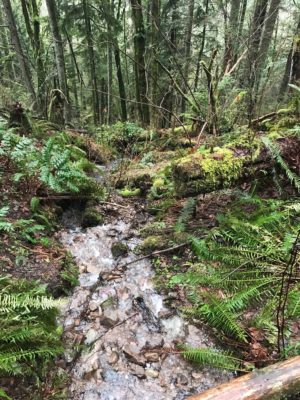In her book Big Magic, Elizabeth Gilbert writes about the 20th century Irish poet Patrick Kavanagh. She describes him in the context of artists (poets, musicians, painters, dreamers and the like) and how they must often steal away to create their art. There are few artists that have complete spaciousness and funding to simply compose at their leisure. Rather, they are more often, hungry, and can’t help but create in the moments that they squeeze out of an ordinary life.
In describing Kavanagh, Gilbert applauds his ability to create extraordinary from the ordinary, and quotes one of his poems:
See over there
A created splendor
Made by one individual
from things residual.
I come from pretty ordinary people that could do extraordinary things. This includes my grandparents who did not have the means to take us four grandkids out to a movie with snacks and drinks. However, they did have the means to turn home movies (the 8 mm kind you had to thread through the projector) and a shared bowl of popcorn into irreplaceable memory. Ordinary things made extraordinary.
What I deeply appreciate in Elizabeth Gilbert’s writing is her debunking of a pervasive myth — that creativity is for when everything else is aligned and taken care of. You and I know that this is practically never. Rather, creativity is expressed because you simply can’t help but do it. For me, that is often in my writing. I am simply more fulfilled when I have taken the time, even squeezing it in, to put together a few thoughts and insights into a morning of writing. It feeds my identity as a writer and artist, as a creator — though my todo list of basic day to day life needs often arm wrestle for all of the attention.
There is lots of art to create. And, I’m aware that sometimes our “art” is raising a family, preparing a meal, folding the laundry, or even, managing a project team. It’s a clear and important reminder to me, often — and perhaps to many of us — to feed our irrepressible desires to create. Even from the most residual of resources.

